THE VOYAGE OF HUIA
Singlehanded across Bass Strait in an 87 year old Couta Boat
MARCH 2023
Within my world, sailing has always been a signal of exploration, solitude &
discovery. My eye for boats over the last two decades has centred around their
seaworthiness for long passages: "How far can I sail?", has always been my
paramount question.
The legendary Couta Boat has existed on my radar for as long as I can remember – who can ignore their fine lines, enormous traditional rig and renowned seaworthiness? Yet, the Couta Boat had also been relegated in my mind as a beautiful, traditional open boat with a keen racing heritage, culturally headquartered on the Mornington Peninsula – it was not a boat I might previously consider for any kind of voyage.
The legendary Couta Boat has existed on my radar for as long as I can remember – who can ignore their fine lines, enormous traditional rig and renowned seaworthiness? Yet, the Couta Boat had also been relegated in my mind as a beautiful, traditional open boat with a keen racing heritage, culturally headquartered on the Mornington Peninsula – it was not a boat I might previously consider for any kind of voyage.
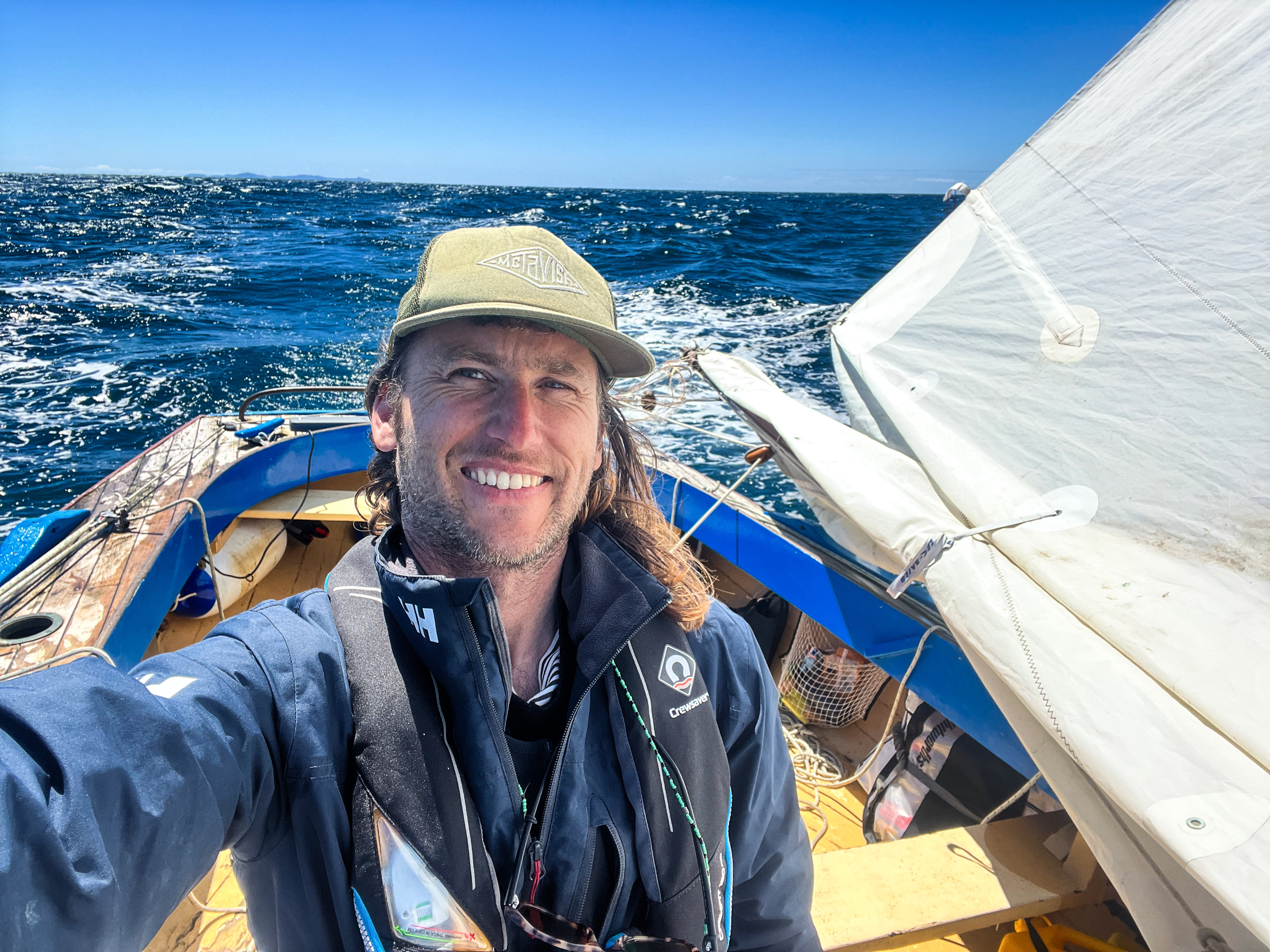
While open boat voyaging is certainly niche, there still exists is a long history of wild
exploits across oceans in boats without any semblance of protection from the
elements. Perhaps the most famous, is the voyage of the James Caird, a small open
boat commanded by Ernest Shackleton across the Southern Ocean in 1916 – not for
the sake of adventure, but rather for the sake of survival. Or, in more modern times
(for the adventure!), Don McIntyre with his Bounty Boat re-enactment voyage: Four
strangers, 4000 miles, one 26ft open boat, limited rations & water, no charts, no
modern nav. gear and no toilet paper.
My passion for small boats and adventure has been an unlikely obsession for half my life. I did not grow up anywhere near the water, nor with parents who could tell the stern from the bow or a sheet from the head. My love of boats stemmed purely and entirely from the romance of the sea, driven by the possibility of remote places and adventure. This drive would motivate me to sail singlehanded from Europe to Australia in my first boat, a Contessa 26 – I would then sail across the Pacific a second time aboard Harmony, my Aries 32. Some years later, in an attempt to complete my circumnavigation I began aboard Constellation in a different manner, I set off in a Land Rover to drive back to Europe from Tasmania – an adventure foiled in South Africa by the pandemic.
My passion for small boats and adventure has been an unlikely obsession for half my life. I did not grow up anywhere near the water, nor with parents who could tell the stern from the bow or a sheet from the head. My love of boats stemmed purely and entirely from the romance of the sea, driven by the possibility of remote places and adventure. This drive would motivate me to sail singlehanded from Europe to Australia in my first boat, a Contessa 26 – I would then sail across the Pacific a second time aboard Harmony, my Aries 32. Some years later, in an attempt to complete my circumnavigation I began aboard Constellation in a different manner, I set off in a Land Rover to drive back to Europe from Tasmania – an adventure foiled in South Africa by the pandemic.
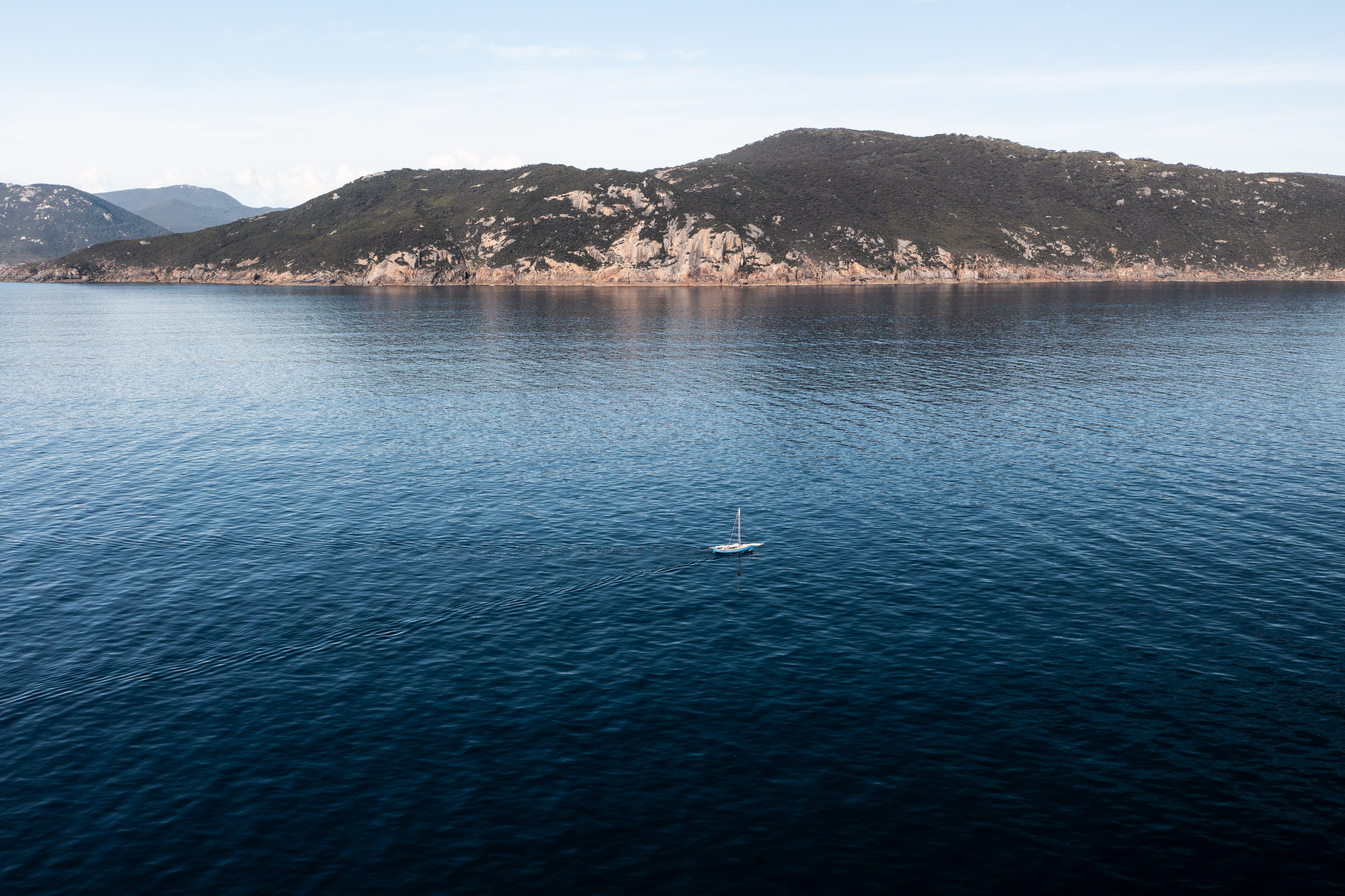
I was eventually back at sea in 2021 aboard our 42ft pilothouse cutter, as our
young family ventured north along the eastern seaboard of Australia, headed for
the Great Barrier Reef and beyond
–
only to be stopped (again) in our tracks by
pandemic. Pregnant with our baby boy and fed up with being locked down on a
boat, we decided to sell our good ship and return to Tasmania. Perhaps we would
try our hand at gardening instead of adventure for a while?
Yet, with four months until our son was due to be born, I wondered if I could fit just one more little adventure in... The parameters of the adventure needed to be something inside Australia and something relatively close to home. With a history of sailing home from faraway places, the adventure started to evolve and became clear: I decided upon the idea of sailing home singlehanded across Bass Strait, through the Furneaux Group. What would make such an adventure already more interesting than it was? I thought I should do it in an open boat – perhaps something built from timber since I had already owned fibreglass & steel boats before? I started researching small timber boats, and two hours later, I was on the phone with Tim Phillips, keenly discussing the Couta Boat named Huia.
Yet, with four months until our son was due to be born, I wondered if I could fit just one more little adventure in... The parameters of the adventure needed to be something inside Australia and something relatively close to home. With a history of sailing home from faraway places, the adventure started to evolve and became clear: I decided upon the idea of sailing home singlehanded across Bass Strait, through the Furneaux Group. What would make such an adventure already more interesting than it was? I thought I should do it in an open boat – perhaps something built from timber since I had already owned fibreglass & steel boats before? I started researching small timber boats, and two hours later, I was on the phone with Tim Phillips, keenly discussing the Couta Boat named Huia.
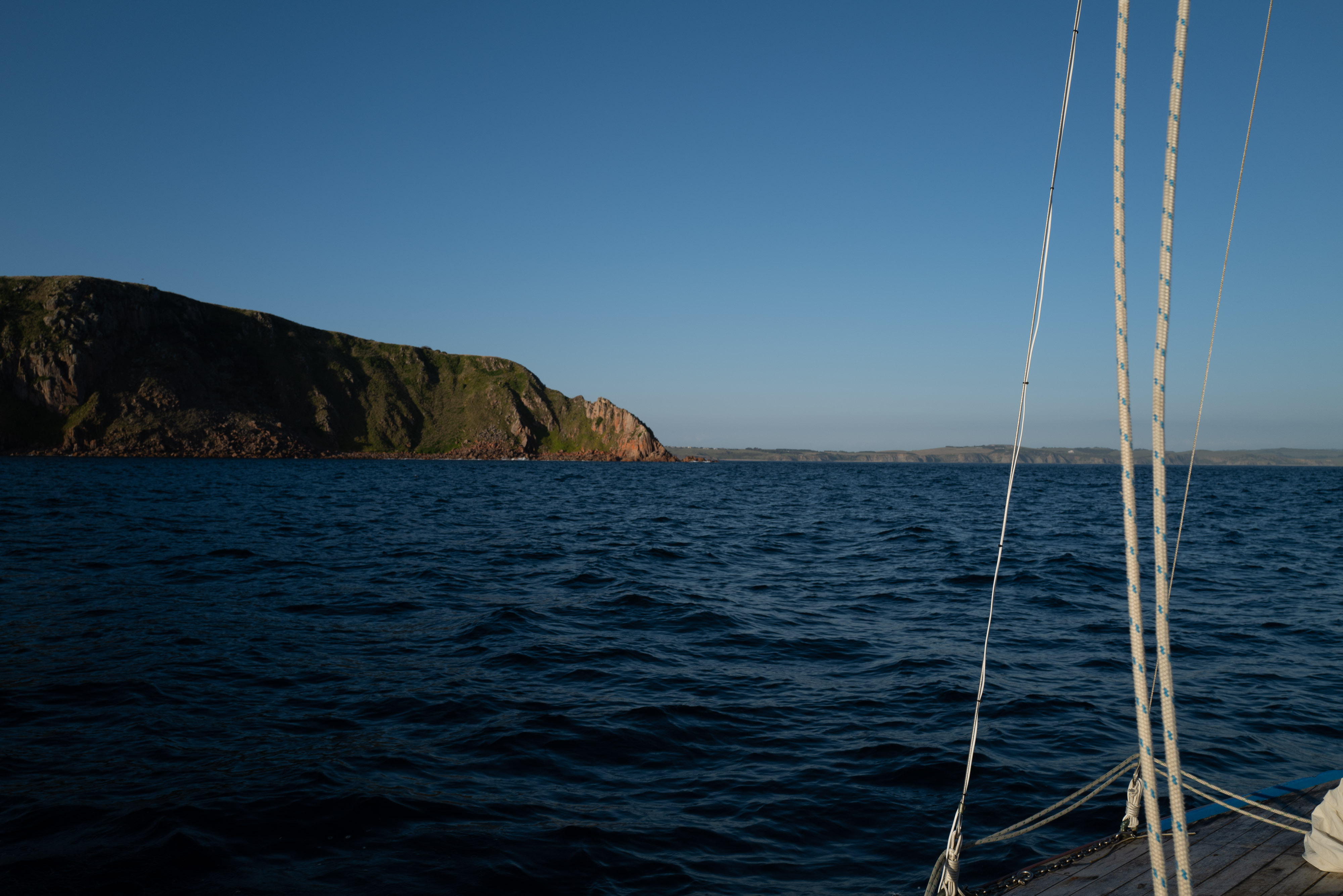
A new world began to open up to me – I had very much been siloed inside my own universe of cruising boat culture. Tim inhabited another world, a world full of bronze hardware, gaff rigs, exotic timber and tradition. Like many subcultures, within sailing there are worlds within worlds: Parallel passions under the same principles of sail.
Like every idea I have had for an adventure, there comes a time when you have to start telling people what you're up to next – sometimes the idea is well received and other times one is laughed at. I kept asking Tim about the seaworthiness of Huia, and the seaworthiness of Couta Boats in general. How is the ballast secured? How does a Couta Boat handle in a seaway? What is the rudder construction like and how many pintles secure it to the transom? These were perhaps unusual questions for a boat most commonly purchased for bay racing.


| "Tim" I said, "I want to sail Huia across Bass Strait" – I listened intently to try and detect a laugh or any other sound which might non-verbally indicate his position on such a scheme. "Oh that would be an incredible adventure", he said, as he started reel off a list of places and the best route I should take. I had inadvertently found myself talking to a man who was more passionate & knowledgable about the Furneaux Group and Couta Boats than anyone else on earth. As far as I was concerned, the adventure was now in motion. Sight unseen, I put a deposit down on Huia, and almost a year later, I lay at anchor in a gale, halfway across Bass Strait in the rain, cursing my decision & thinking I'd much rather be with my family and now 8 month old son. |

This was my third attempt to sail home aboard Huia. I never did get to sail her home before my boy was born, foiled by incessant south easterlies. I tried again in October and the weather window I'd identified disintegrated after I'd flown to Melbourne to prepare. Returning home, I continued to look at the weather incessantly, until December came around – at last a double high pressure system lay over Victoria, producing a week of pleasant but windless days. It wasn't an idyllic northwesterly, but it was something. This was my chance.
Some ten months prior when I had hoped to depart, I'd provisioned Huia: 2 weeks worth of dry provisions lay on top of the lead ballast, mostly still in date. My friend Paul, who also had his boat at the Geelong Yacht Club where Huia spent winter, had been diligently looking after her in my unexpectedly prolonged absence. I arrived in Geelong, tidied up the boat and set off to Queenscliff the next day.
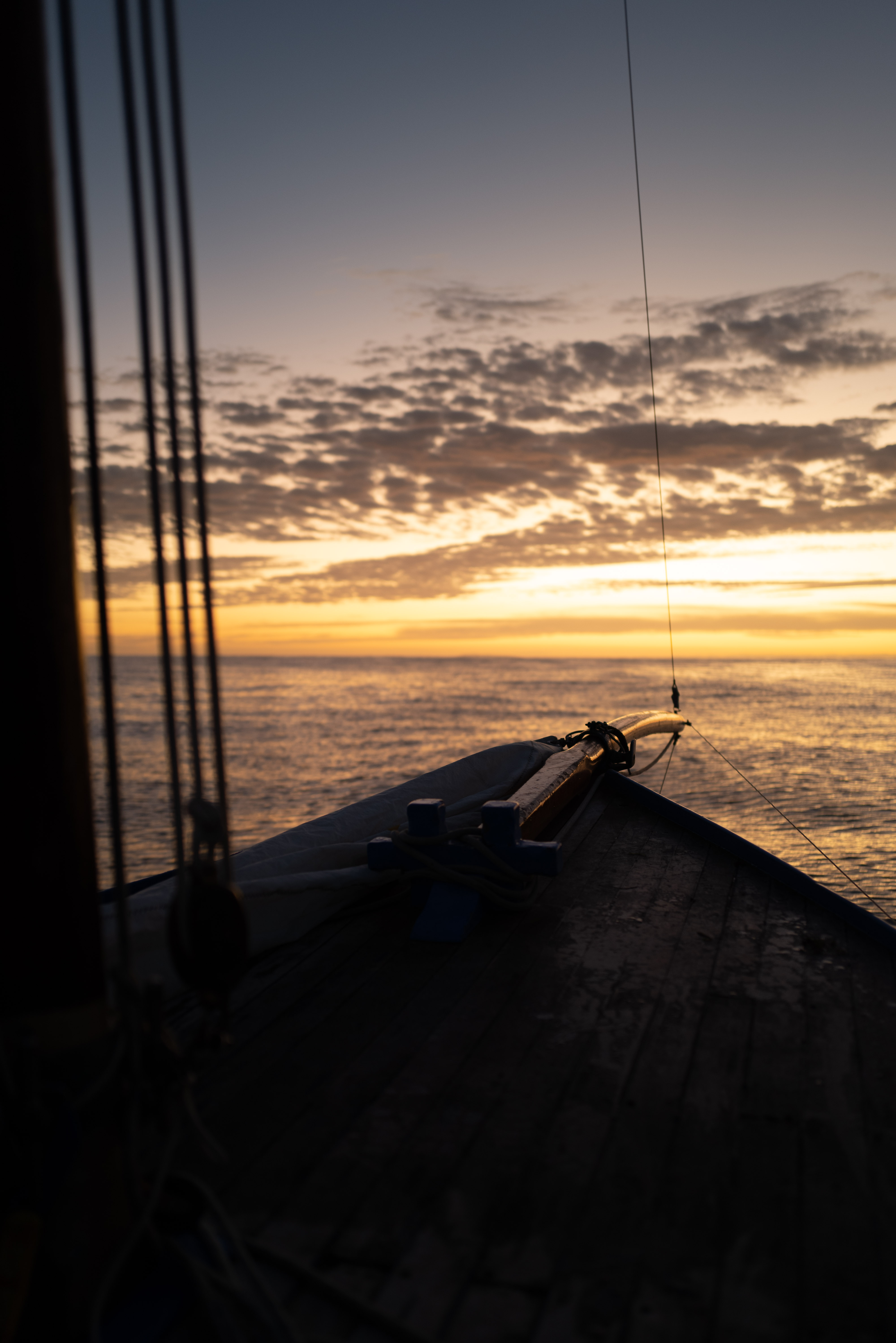

After a night at the cruising yacht club with Storm Bay laying almost within arms length on her mooring, I set off through the heads. It was one of the first proper summer days of the season – the water was flat with a blue sky and light northerly. Without mishap, we made San Remo in the dark, after a long day mixed with sailing and motoring. The relief of finally exiting Port Phillip was palpable. The adventure was well and truly underway.
I woke at 4.30am for another big day – the nonstop passage to Refuge Cove. With all our canvas up, we powered off the mooring and quickly reached hull speed – a short lived bit of idyllic sailing before a near complete calm, forcing us to motor most of the remaining distance.
With excellent visibility, I mentally broke the trip down: Cape Paterson, Cape Lip Trap, the Glennie Group and finally Wilson's Prom Lighthouse. This kind of coastal sailing was counting landmarks, not miles. I found the constant proximity to land stressful - unable to properly rest, with the lack of a steady breeze forcing me to rely too much on the little Yanmar.


|
At this time of year, we had reached peak daylight. For such a voyage, the timing from a visibility perspective was impeccable, rolling into Refuge Cove at 9.30pm with enough light to navigate by eye: 17 hours at the helm, hot air blowing a thousand insects seeking their own refuge into the cockpit - I lay in bed listening to their crawling across the boat. |
My days at Refuge Cove were spent walking to the top of the nearby hill for PredictWind weather updates and drinking coffee in the cockpit, under a homemade oilskin tarp in the rain. I slept in a swag, tarp overhead, my face carefully positioned to avoid the dripping foredeck.
Deal Island truly felt like the point of no return. A small window for the crossing opened up two days later, as I departed Refuge Cove under a full moon at 2.30am, intending to beat very strong winds arriving after midday. Winter Cove looked supremely sheltered on the charts from the coming weather.

The Hogan Group was about my halfway point as the winds began to pickup. Huia
started to fly, keeping a steady 7kts+. Erith Island came into clarity as we rounded
the top with too much canvas up. As soon as we were sheltered in the lee, I quickly
doused the main, as wind violently funnelled through Murray Passage. I have no
doubt in my mind, if I had not taken the main down at pace, Huia would have been
knocked flat on her side.

Azure waters, white sand and flat seas – Winter Cove could have been the
Caribbean. With the anchor set, I sat down to relax for a moment after a long day.
Out of nowhere, Huia's rode stretched and creaked, as she danced violently
sideways. What on earth!? This would go on for two days, as the windward hills
created an almost Katabatic effect. I barely slept, doubled the rode, reset the
anchor twice and didn't leave the boat for two days, in fear of being swept out to
sea aboard my tiny inflatable packraft tender.
After days of strong Bass Strait winds, I set off into a horrible chop. Quickly drenched, I sat at the tiller in veritable misery, kept hopeful by the slowly growing landmass of Flinders Island. Picking up a mooring at Port Davies, I went straight to bed after a packet of noodles, a pillow over my head to block the late summers light.
After days of strong Bass Strait winds, I set off into a horrible chop. Quickly drenched, I sat at the tiller in veritable misery, kept hopeful by the slowly growing landmass of Flinders Island. Picking up a mooring at Port Davies, I went straight to bed after a packet of noodles, a pillow over my head to block the late summers light.

The pub at Lady Barron was a wonderful sight. From the vantage point of the pub deck, I watched the breaking waves and sand bars beyond Vansittart Island. The options for making mainland Tasmania, were Banks Strait, or east about Cape Barren Island. Tim suggested the eastern route, as I looked warily at what appeared to be a narrow passage with surfable waves on one side and a beach on the other. I ate my parmigiana in mild angst.
This next hop was a major milestone: Mainland Tasmania. As Vansittart Island passed, the wind came up stronger than expected, as I found myself on a lee shore. I doggedly pushed on, raised all the canvas, pulled the sheets in tight and left the engine ticking over for an added degree of positive heading. Between Cape Barren Island & Gull Island, I was overjoyed as the northern tip of Tasmania came into view. The relief of seeing this friendly landmass was tangible - up until this point, I had actually felt very alone – there was virtually no other sea traffic thus far and the landscape had felt desolate in its unfamiliarity and my growing solitude – 11 days on passage and counting.



The weather would not allow me to rejoice for too long. After a hellish night on a
mooring at Binalong Bay, the bowsprit regularly submerged in the swell, I found
myself in 50m of visibility with raindrops the size of my clenched cold fist. I sailed
with one hand on the tiller & one hand dangled in front of the wet hot exhaust of the
Yanmar – my tiller pilot had given up a hundred miles prior, leaving me to hand steer
the entire eastern coast of Tasmania. As the lightning and thunder rolled in, I
envisioned myself being morbidly discovered as fried corpse on the cockpit floor.
The weather had quickly become the crescendo of this mad idea, as Cape Bernier
passed in a cloud of fog, crests white capping, Huia rolling from gunnel to gunnel
and my determination to push on, when I really should have sought shelter at Maria
Island.

The leads into Marion Bay marked the final challenge. It was dark now. I carefully motored into Dunalley, as the weather abated. I was home.
The following day, a friend came out and rowed me ashore for coffee – this wonderful madness was officially over. I looked back at Huia from the tender, where she appeared more beautiful and elegant than ever. After 87 years at sea, what was 13 days on passage? I had much to learn.
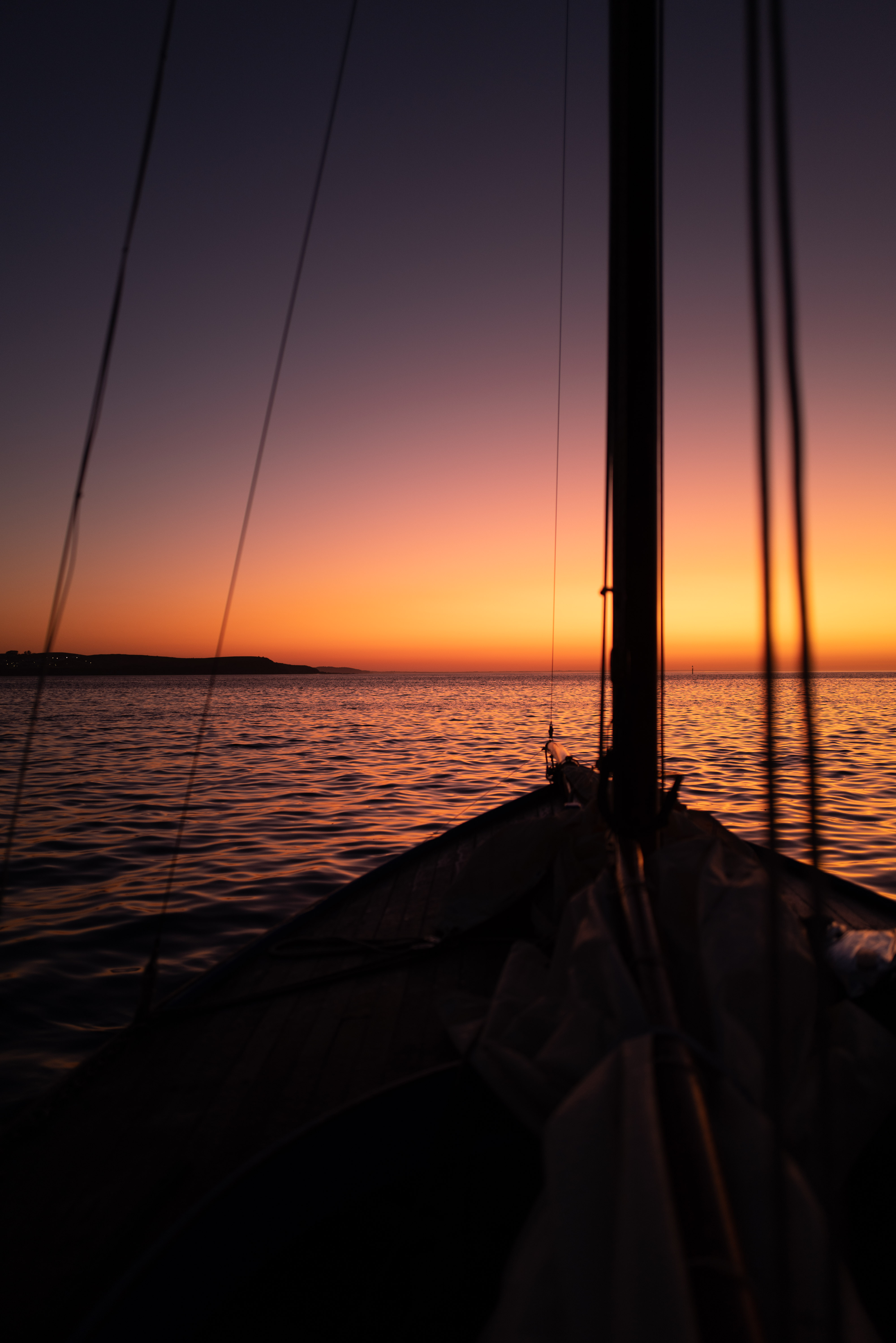
Special thanks to Tim Phillips, The Wooden Boatshop, Helly Hansen, Geelong Yacht Club, PredictWind, Refuelling Solutions (biodiesel supply), Paul Sayers and my beautiful family.
For more stories on life, the sea and my work, see www.nickjaffe.com.au
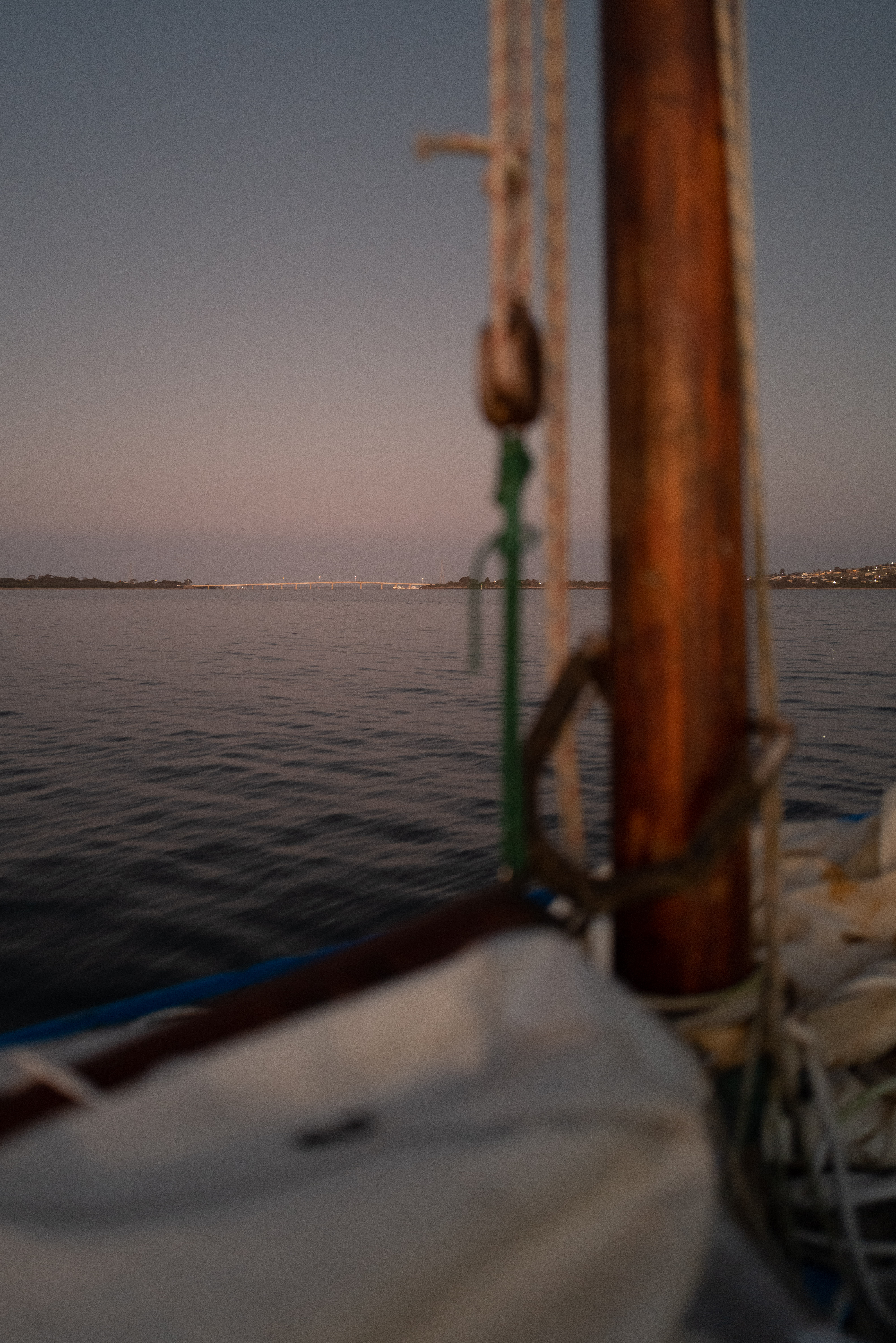
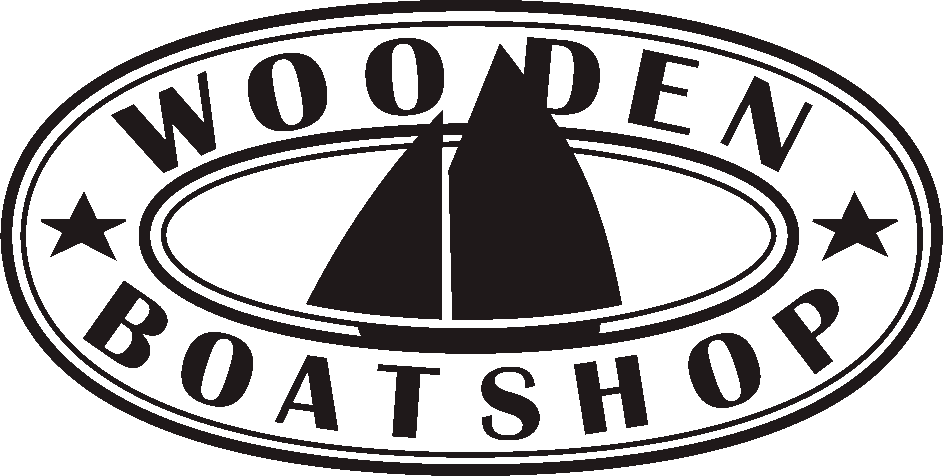
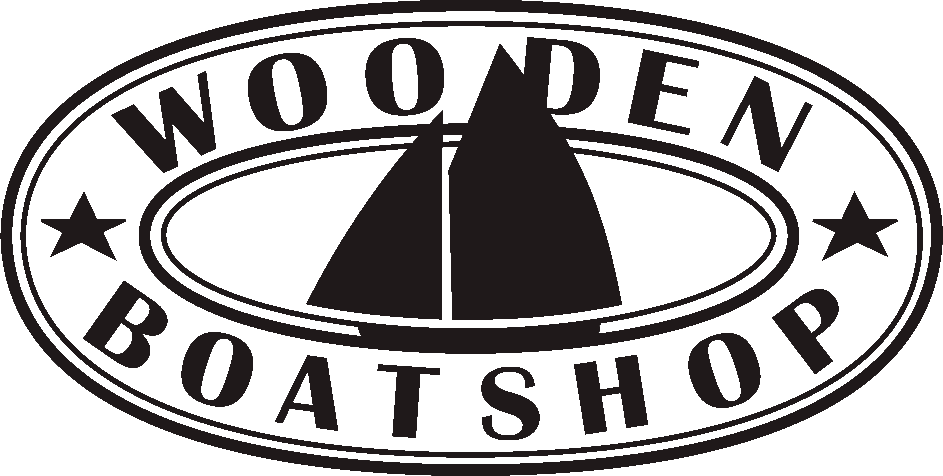
 WORDS & IMAGES
WORDS & IMAGES